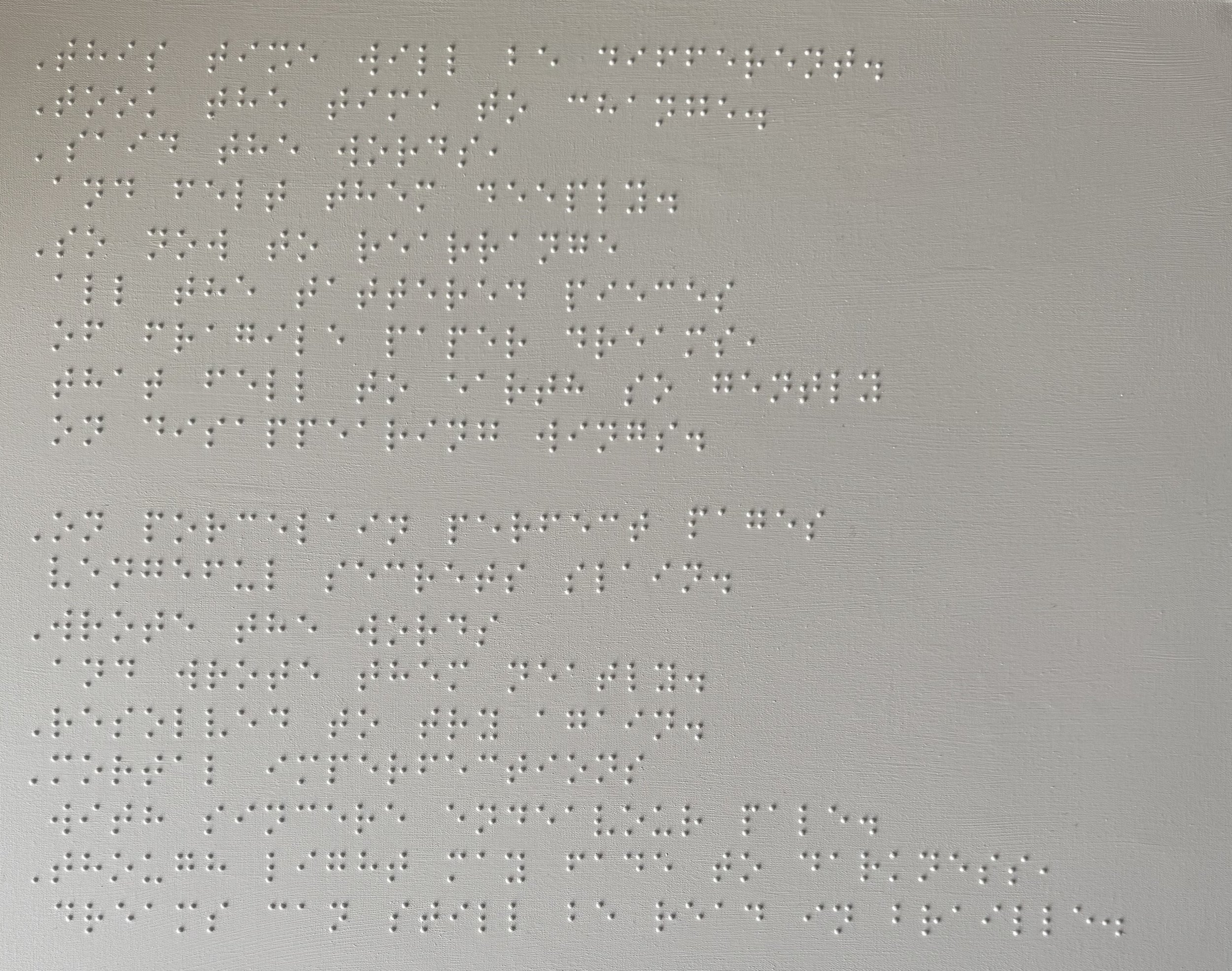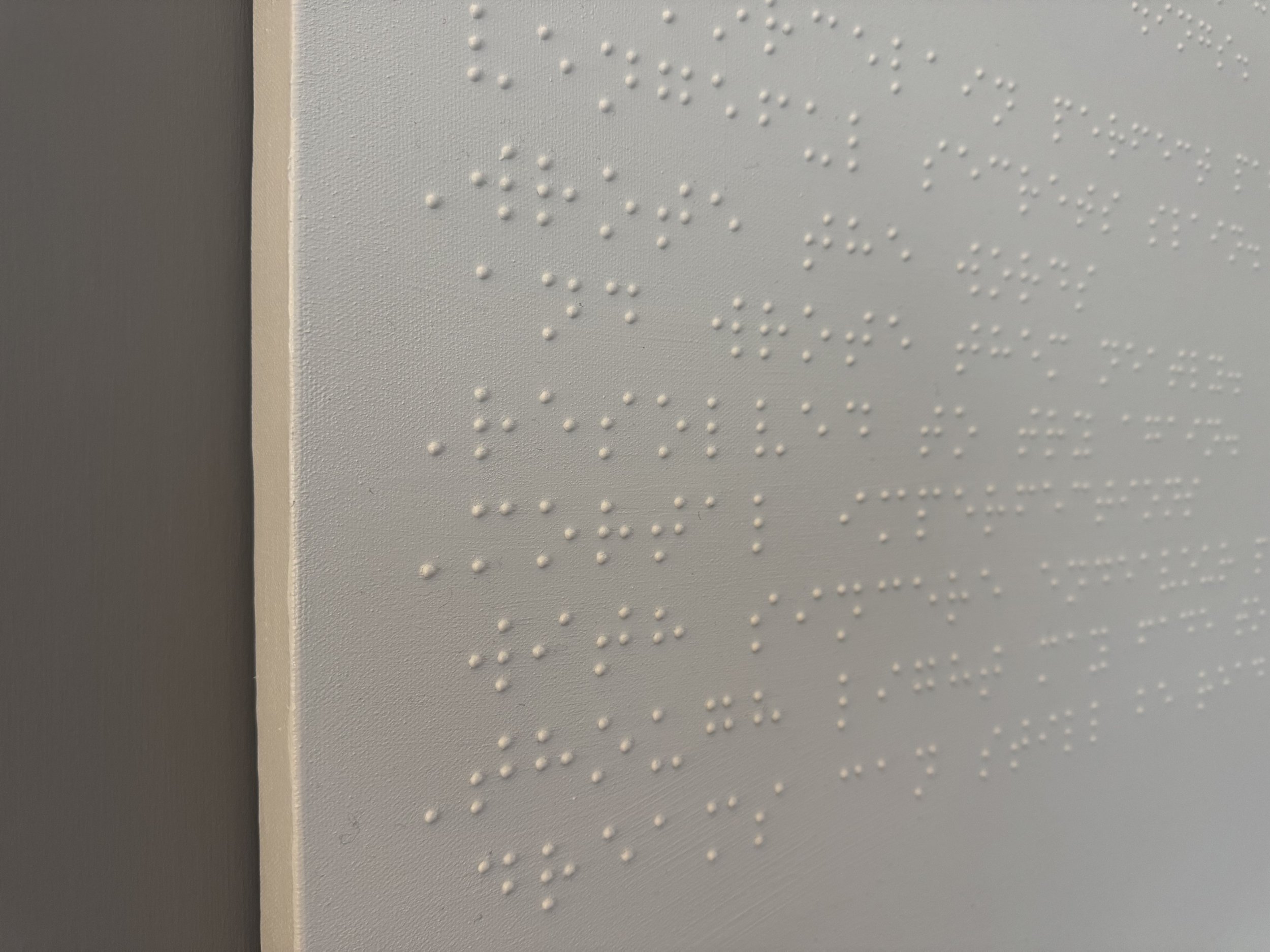ART X POETRY
Poetry is a beautiful way of using language to build an emotional connection between the writer and the audience. Words are selected not only for their meaning, but also for their sound, rhythm, and symbolism. For me, poetry is the literary equivalent of an abstract painting. By combining abstract art and poetry together, I want to explore in more detail the relationship between what we see and what we feel. Details about these artworks and the poems that they feature are set out below.
For purchase information, please click on the link to the e-shop at the top of this page.

The promise
This time will be different.
Took the time to change.
Said the words,
and felt them deeply.
So now to rearrange
all the tattered pieces
of fragile paper dreams,
that fell to earth so gently
on disappearing wings.
On porcelain perfect pages
vengeful secrets slain.
Wrote the words
and wrote them neatly.
Resolved to try again.
Mortal imperfections
with sincere endeavour pale.
Though light may fade to darkness
dreams can still be read in braille.
© Claire Potter 2024
I am excited to share an artwork which features a poem that I wrote in 2024 and is presented in braille code. The artwork explores how we form connections with others and the barriers (within and without) that impair our ability to form connections. It invites the audience to explore the relationship between what we see and what we feel, and how these different experiences impact our ability to connect.
The canvas is deliberately painted white so that superficially there is nothing to detract from the braille code. At a distance the canvas appears to be blank. On approach however, the dots in relief on the canvas may be seen and perhaps also recognised as braille. The visual simplicity of the artwork is intended to have a calming effect on the audience and focus their attention. Before they understand what is written, the audience may start to connect with the artwork by looking more closely at the dots. They may, for example, look for patterns or feel the urge to touch.
An English translation of the poem written on the canvas is set out above. The original translation is framed and appears alongside the canvas.
Braille is a system of reading and writing a language without the need for sight. The raised dots are arranged in cells of up to six dots in a three-by-two configuration. Each cell’s dot arrangement represents a letter, number, or punctuation mark. The system of braille that is used today is based on that developed by Louis Braille (1809-1852), a French teacher who lost the sight in both his eyes before the age of five.
For the purpose of creating this artwork, I prepared a paper braille cell template at approximately 200% of the standard braille cell size. I placed this paper template on top of the canvas and used a pin to pierce through to the canvas underneath. The braille code on the face of the canvas is crafted using 3mm beads which are individually placed onto the pierced fabric using tweezers and strong adhesive. After the adhesive was completely dry, the artwork was sprayed and painted with white acrylic paint and then finished with a gloss varnish.
The visual simplicity of the artwork contrasts with the emotionally complex themes in the poem. Connection with an artwork is created not only by what we see but also by what we feel. A key question that the artwork aims to explore is the extent to which connection is linked with vulnerability. After reading the poem, the audience may see the artwork differently. The theme of vulnerability is emotionally expressed through words of the poem and reflected visually through the ‘nakedness’ of the white canvas. The braille dots invite the audience to come physically closer to the artwork and may also inspire a desire to connect through touch.
On a more lighthearted note, the ‘irregular’ dots attached to the side of the canvas are the ‘odd ones out’ that I found hiding in my bag of beads. I wanted them to be a part of the artwork too!

